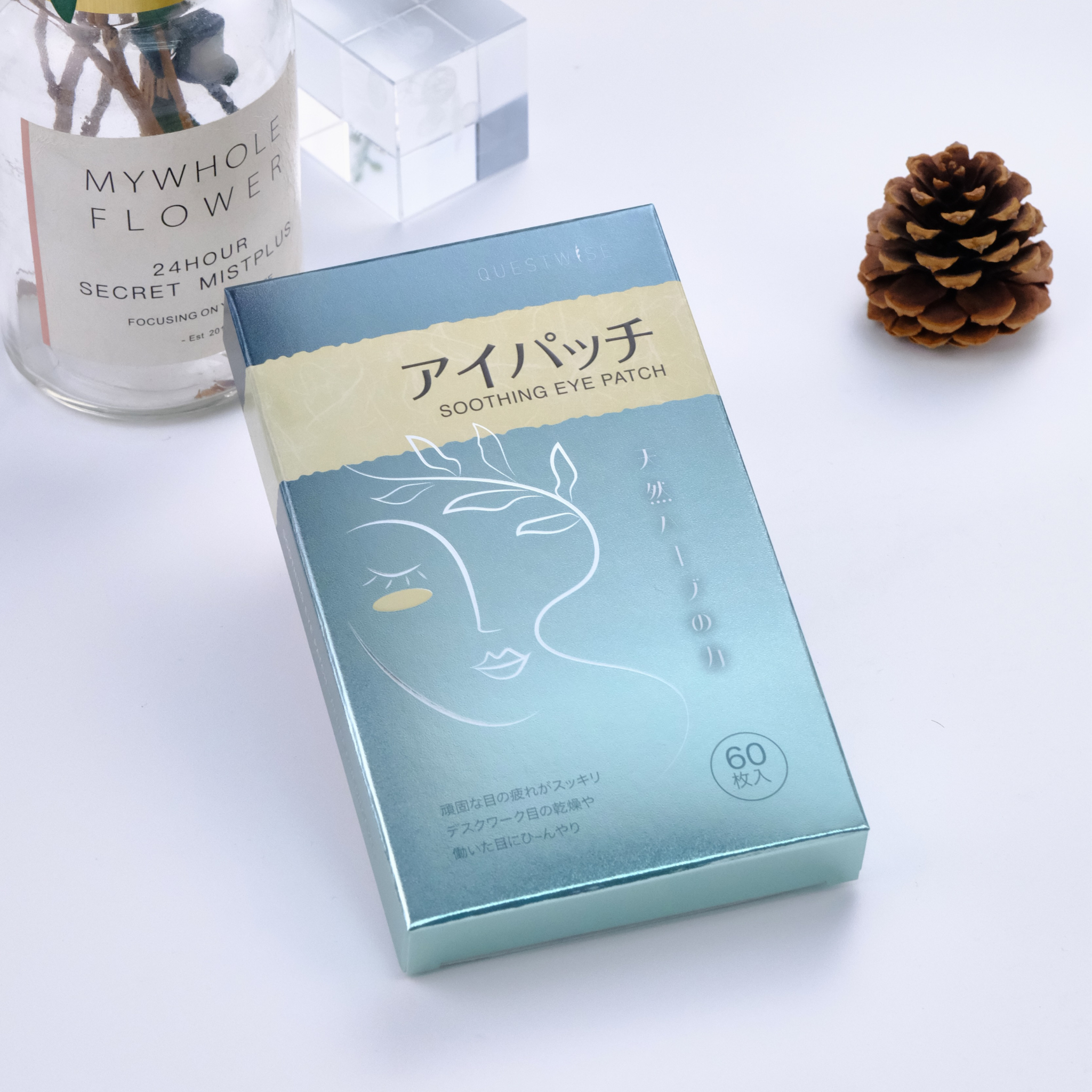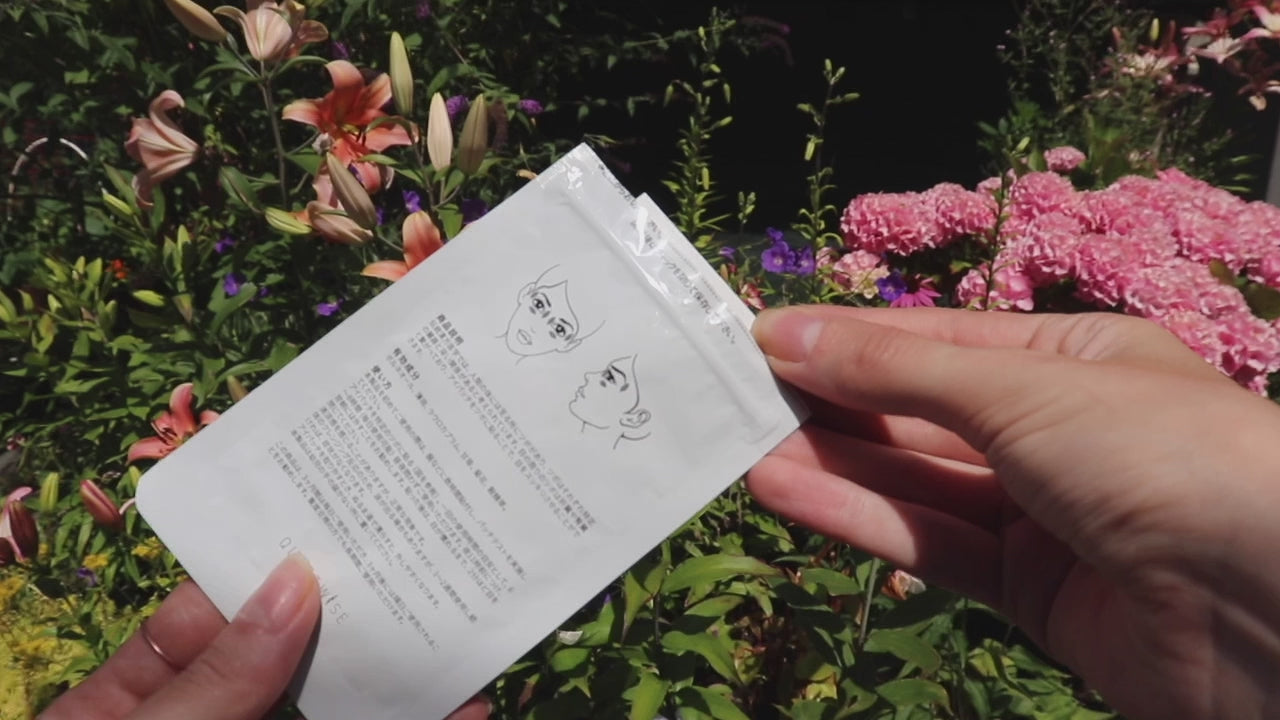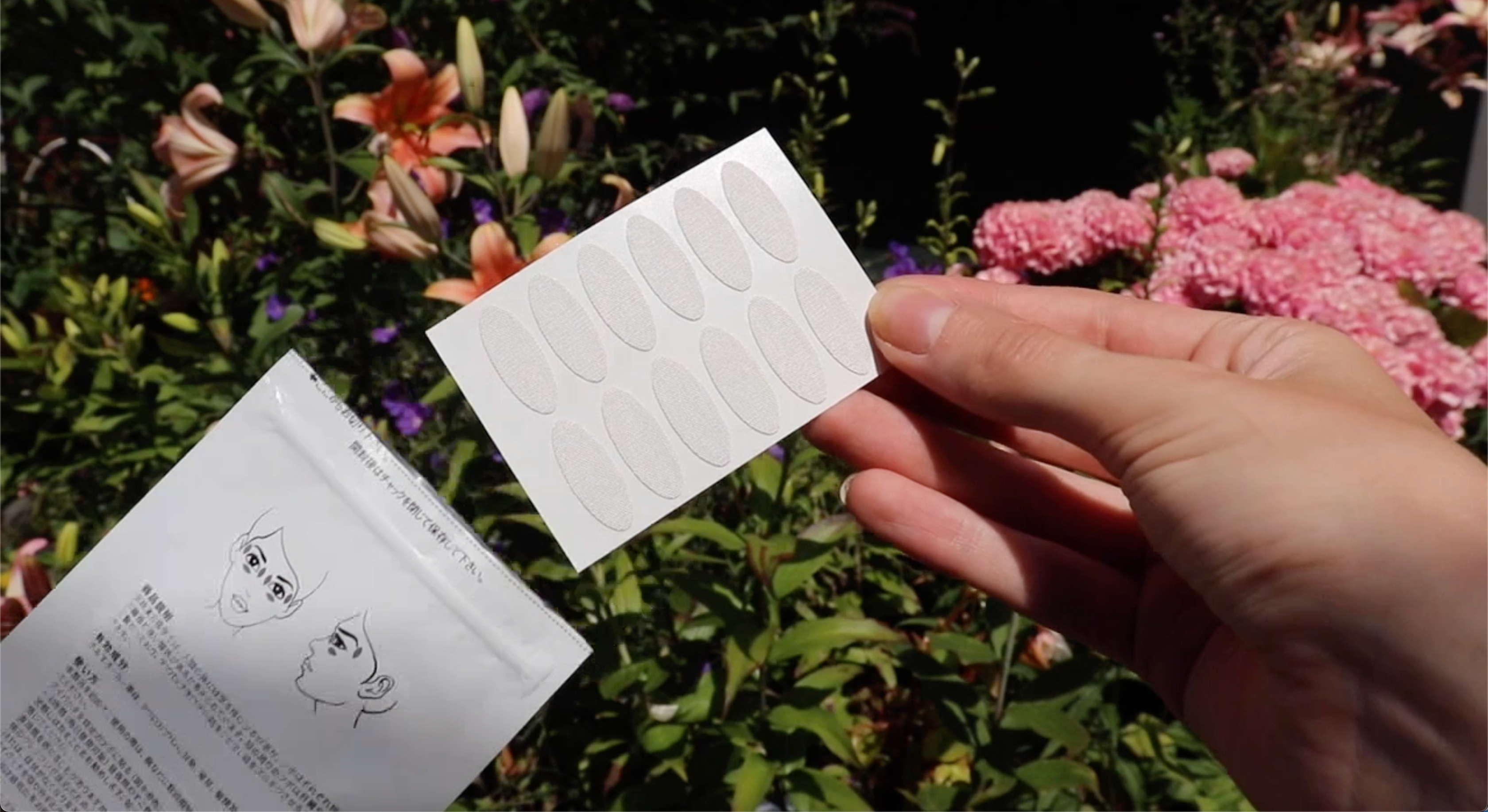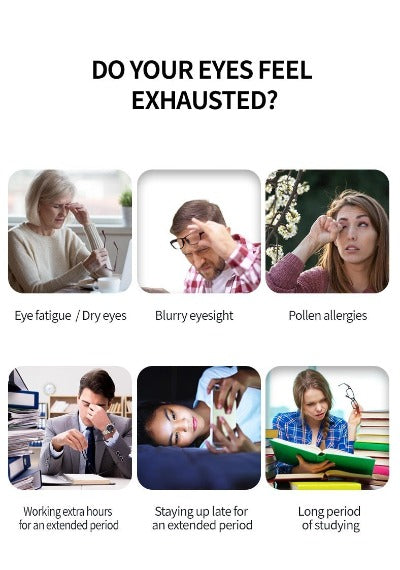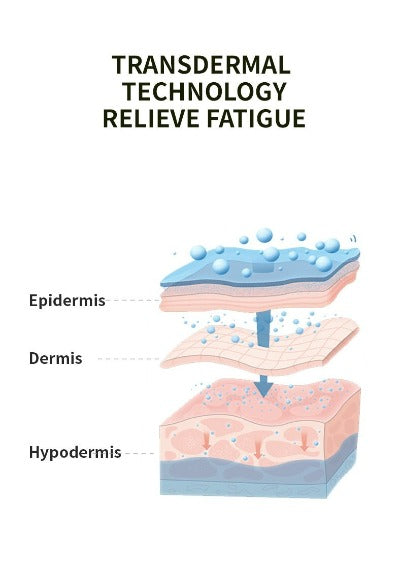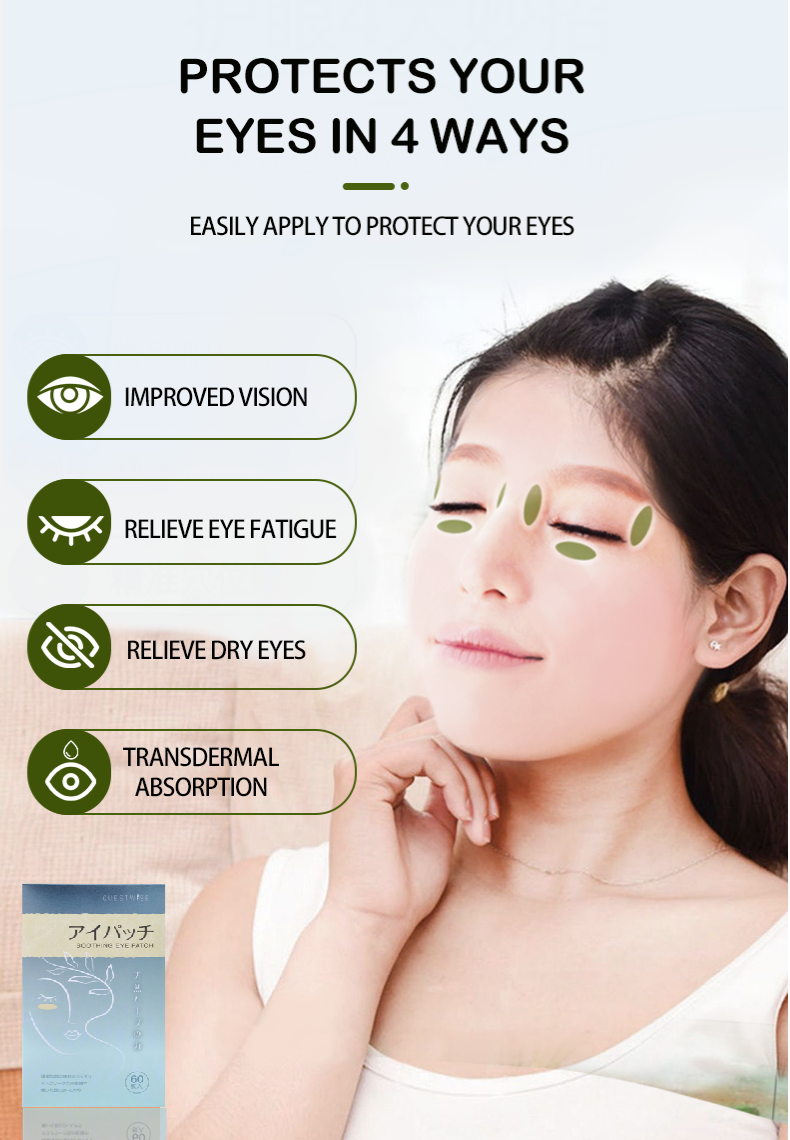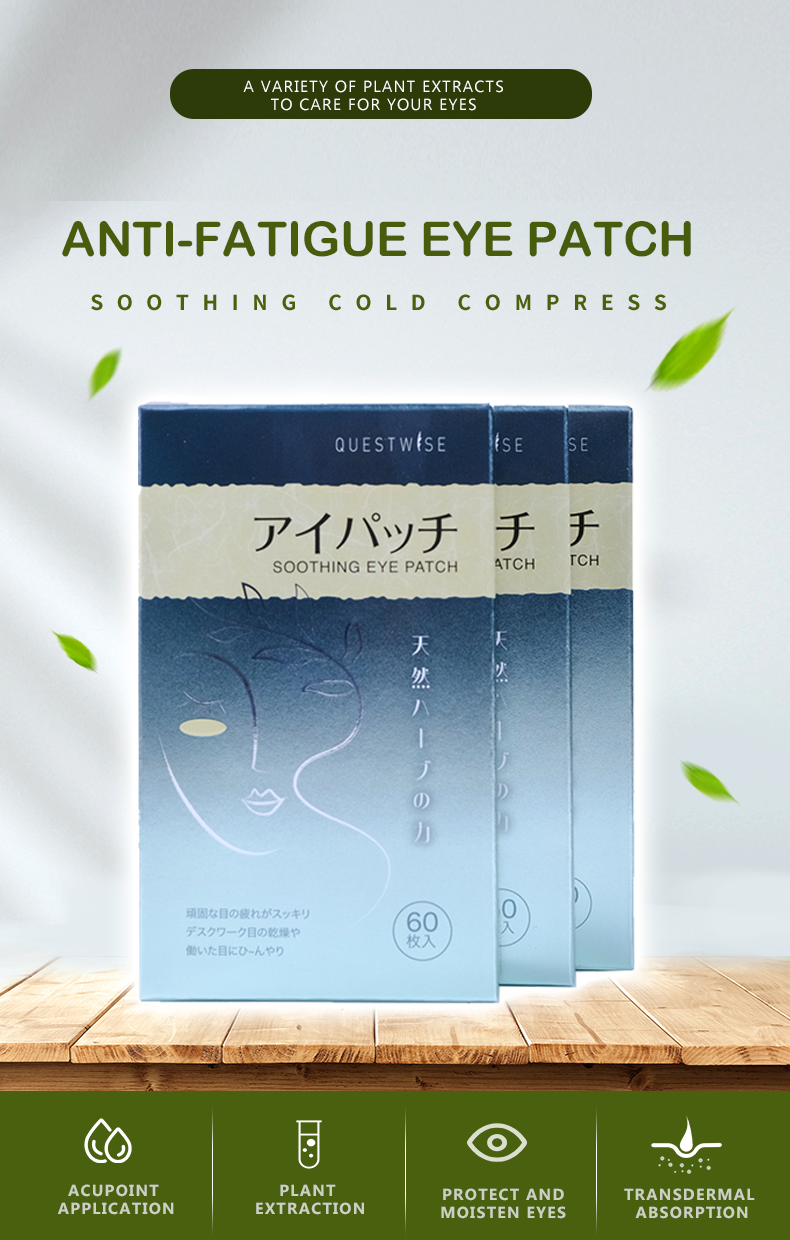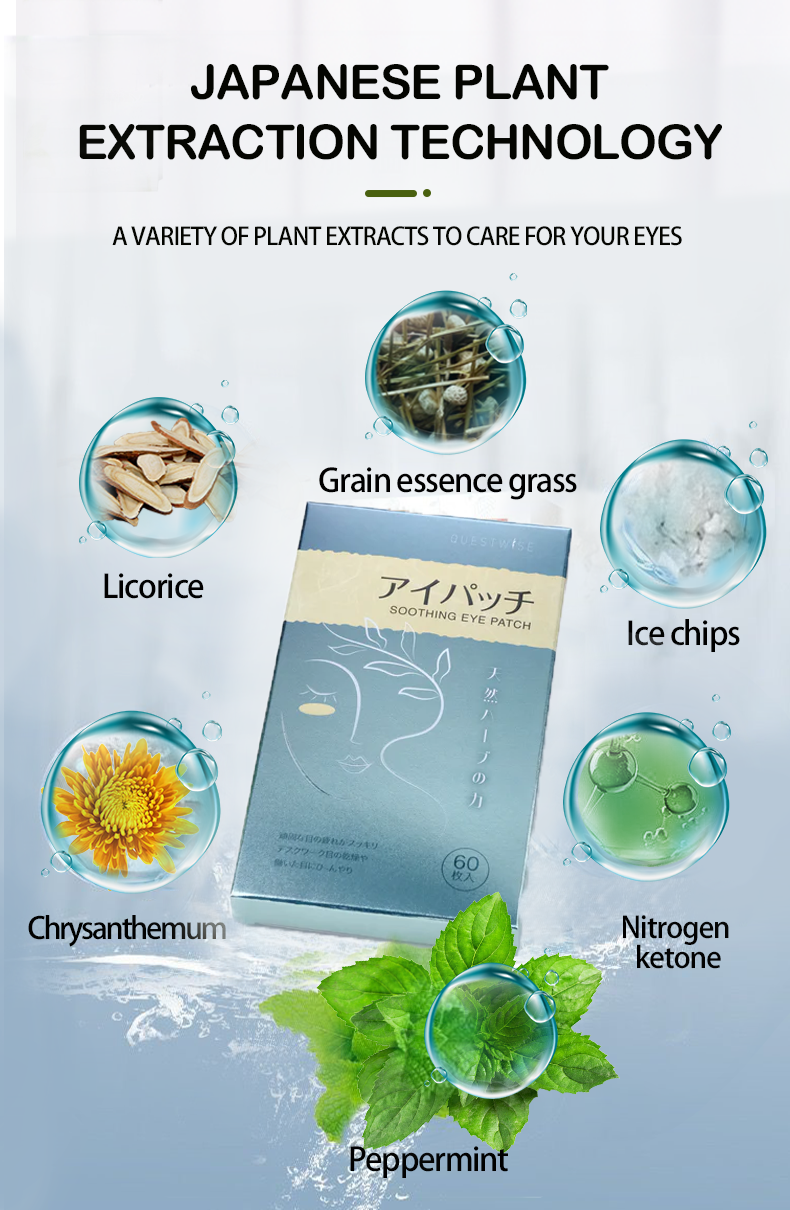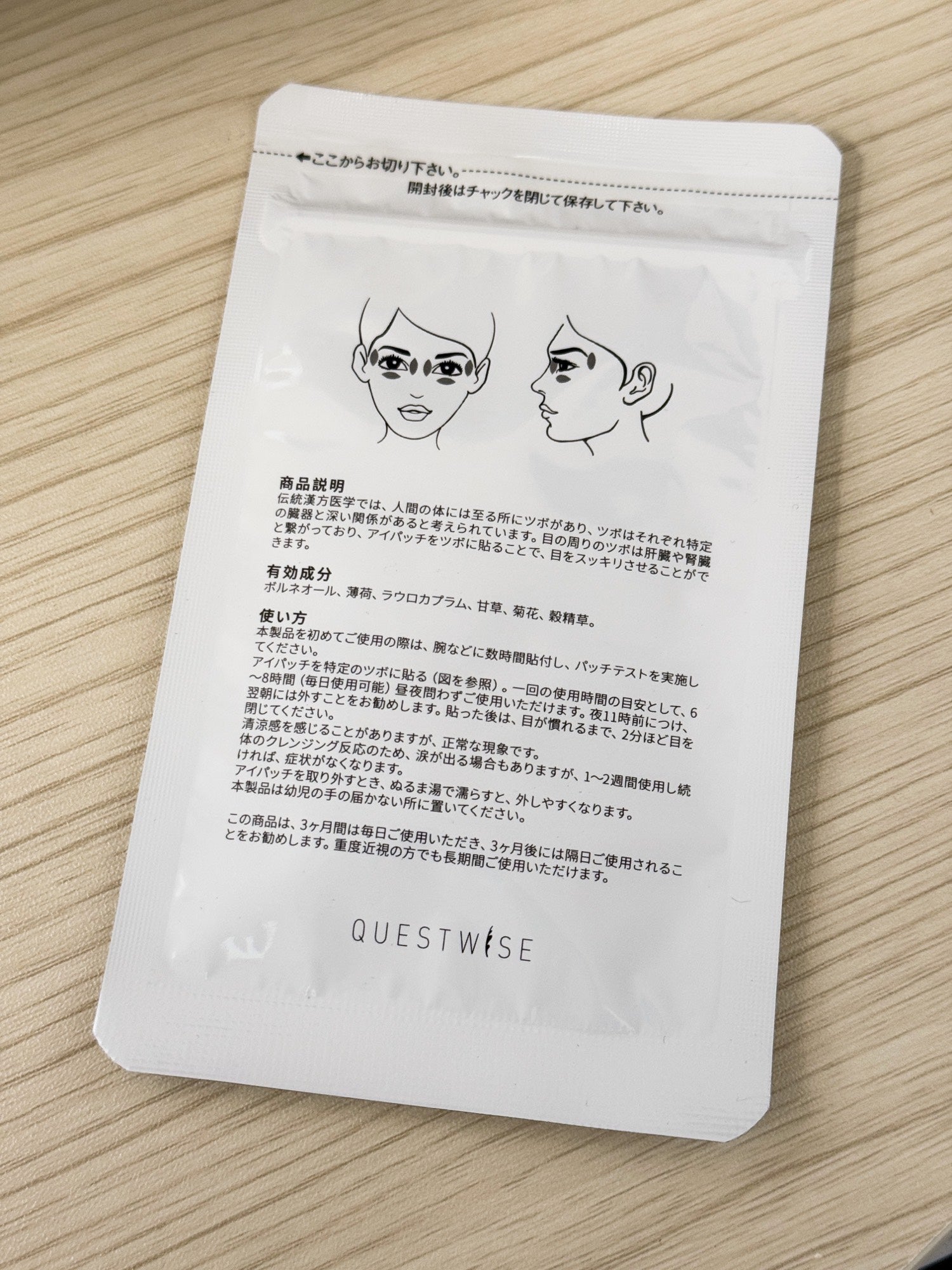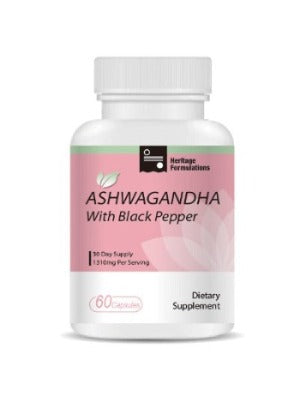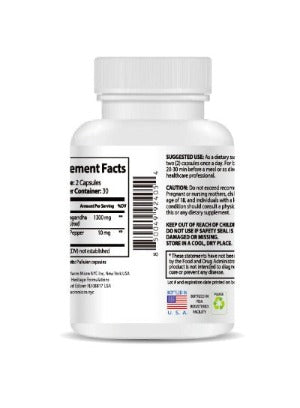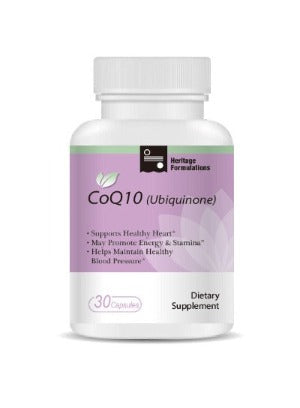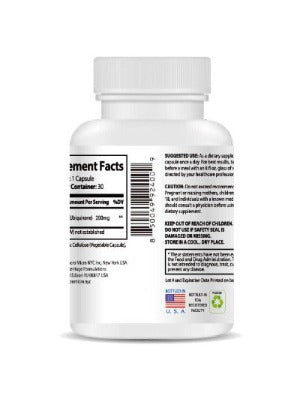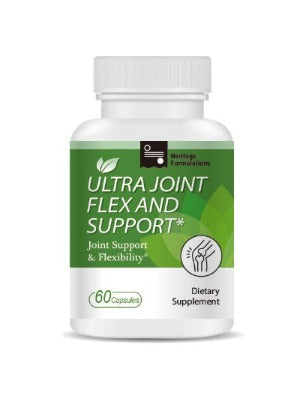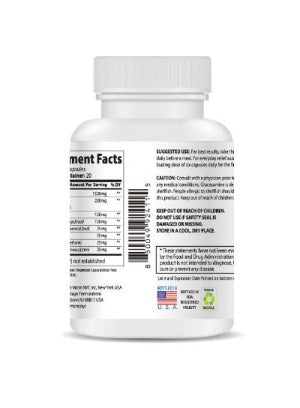Dry Eye Syndrome: A 2025 Perspective
Dry eye syndrome, a prevalent condition affecting millions worldwide, continues to be a significant concern in 2025. This condition, characterized by insufficient tear production or excessive tear evaporation, leads to a range of uncomfortable symptoms, including irritation, burning, stinging, grittiness, blurry vision, and even significant discomfort. The impact extends beyond mere inconvenience; it affects daily productivity, reduces quality of life, and necessitates effective management strategies. This comprehensive article delves into the latest understanding of dry eye syndrome and explores the treatment options recommended by leading ophthalmologists. We will explore the various facets of this condition, from its underlying causes to the latest treatment advancements, and introduce you to a helpful complementary therapy to enhance your comfort and well-being.
Understanding the Complexity of Dry Eye Syndrome: A Deep Dive
Dry eye syndrome is not a monolithic entity; its causes are multifaceted and can vary greatly from person to person. While aging is a common contributing factor, reducing tear production and accelerating tear evaporation, other elements play a crucial role. These include:
- Environmental Factors: Prolonged exposure to dry air, wind, sun, and even the increasingly prevalent air conditioning in 2025 can exacerbate symptoms. The increased reliance on digital devices means many experience digital eye strain, contributing to dry eye.
- Medications: Certain medications, particularly antihistamines, decongestants, and some blood pressure medications, are known to impact tear production, increasing the risk of dry eye syndrome. This is a crucial consideration for those managing multiple health conditions.
- Medical Conditions: Underlying health issues such as autoimmune diseases (like rheumatoid arthritis and Sjögren's syndrome), allergies, blepharitis (inflammation of the eyelids), rosacea, and diabetes can significantly increase susceptibility to dry eye. Understanding these connections is paramount to holistic treatment.
- Lifestyle Choices: Poor diet lacking essential nutrients, insufficient hydration, lack of sleep, and excessive alcohol consumption can indirectly contribute to the development or worsening of dry eye syndrome. A healthy lifestyle plays a significant role in overall eye health.
- Hormonal Changes: Fluctuations in hormone levels, particularly during menopause in women, can affect tear production, leading to or worsening dry eye symptoms. This is an often overlooked yet important aspect of the condition.
The complexity of dry eye syndrome necessitates a thorough diagnosis to pinpoint the underlying cause and guide personalized treatment strategies. A comprehensive eye examination, including tear film analysis (evaluating tear quantity and quality), assessment of meibomian gland function (responsible for oil production in tears), and corneal staining (to assess the health of the cornea), is crucial for effective management. This detailed approach helps tailor treatment to individual needs rather than applying a one-size-fits-all solution.
Navigating Treatment Options for Dry Eye Syndrome: A Multifaceted Approach
Treatment strategies for dry eye syndrome vary depending on the severity of symptoms, the identified causes, and individual patient needs. A holistic approach often incorporates a combination of therapies to achieve optimal results. Common recommendations from ophthalmologists include:
- Artificial Tears: These over-the-counter lubricating eye drops provide immediate relief by supplementing tear film and reducing dryness. Different formulations are available, catering to diverse needs and preferences. Frequent application is often necessary for sustained comfort. Some formulations offer better viscosity (thickness) for longer-lasting relief.
- Prescription Eye Drops: For more severe cases, ophthalmologists may prescribe medicated eye drops to address specific aspects of dry eye. These include cyclosporine (Restasis), which helps reduce inflammation, and lifitegrast (Xiidra), which improves tear production. These are typically used in cases where over-the-counter options prove insufficient.
- Punctal Plugs: These small devices inserted into the tear drainage system (puncta) help to slow tear evaporation and retain moisture on the ocular surface. Punctal plugs provide a non-surgical solution for many patients, often used in conjunction with other treatments. They are a minimally invasive procedure with high efficacy rates.
- Warm Compresses: Applying warm compresses to the eyelids (around 10-15 minutes twice daily) can help improve meibomian gland function. The meibomian glands secrete oils that contribute to the tear film's stability, and stimulating their function can significantly improve tear quality and reduce inflammation.
- Lid Hygiene: Maintaining good eyelid hygiene is critical, especially in cases of blepharitis, which often accompanies dry eye syndrome. Gentle cleaning with specialized lid wipes or diluted baby shampoo can remove debris and reduce inflammation, preventing bacterial overgrowth that can further exacerbate the condition.
- Intense Pulsed Light (IPL) Therapy: For patients with meibomian gland dysfunction (MGD), IPL therapy is an increasingly popular option. IPL uses light pulses to improve meibomian gland function and reduce inflammation. It's a non-invasive procedure often used for patients unresponsive to other treatments.
- Omega-3 Fatty Acid Supplements: Incorporating omega-3 fatty acids through diet or supplements can reduce inflammation and improve tear quality. These essential fatty acids are crucial for overall eye health and can be beneficial in managing dry eye symptoms.
The Role of Lifestyle Modifications: A Proactive Approach
Beyond medical interventions, lifestyle modifications play a significant role in managing dry eye syndrome. Simple changes can have a profound impact on symptom severity and overall well-being.
- Hydration: Drinking sufficient amounts of water throughout the day is essential for maintaining overall hydration, including the ocular surface. Dehydration can directly contribute to dry eye, emphasizing the importance of proper hydration.
- Omega-3 Fatty Acids: Incorporating foods rich in omega-3 fatty acids, such as fatty fish (salmon, tuna), flax seeds, and chia seeds, can reduce inflammation and promote healthier tear production. A balanced diet plays a crucial role in overall health and can influence dry eye symptoms.
- Screen Time Management: The prevalence of digital devices necessitates mindful screen use. Following the 20-20-20 rule (every 20 minutes, look at something 20 feet away for 20 seconds) helps prevent eye strain and reduces dryness. Regular breaks are crucial for eye health in our digitally driven world.
- Environmental Control: Using humidifiers, especially in dry climates or during winter months, can help maintain optimal humidity levels and reduce tear evaporation. Maintaining a comfortable environment is crucial for eye comfort.
- Protective Eyewear: Wearing protective eyewear outdoors, particularly in windy or sunny conditions, shields the eyes from environmental irritants, reducing irritation and dryness.
- Stress Management: Stress can exacerbate dry eye symptoms. Incorporating stress-reduction techniques such as yoga, meditation, or spending time in nature can positively impact eye health.
Introducing Wise Quest Soothing Eye Patches: A Complementary Approach
For those seeking a complementary therapy to enhance existing treatments, the Wise Quest Soothing Eye Patches - 3-Month Wellness Pack offers a soothing and effective approach. Designed to complement existing dry eye treatments, these patches are crafted with nature's finest ingredients to provide relief from chronic dryness and strain. This convenient 3-month pack is a valuable asset to those managing their dry eye. The gentle application and natural ingredients make them suitable for regular use, providing a comfortable and convenient addition to your routine.

The Wise Quest Soothing Eye Patches - 3-Month Wellness Pack offers a convenient, long-term solution for those seeking relief from dry eye syndrome. By combining natural ingredients with a user-friendly design, these patches provide a valuable addition to any dry eye treatment regimen. They are non-toxic and specifically designed for long-term use, ensuring consistent relief for screen users and those experiencing chronic dryness. Invest in your eye health today.
Addressing Specific Dry Eye Types: A Personalized Approach
Dry eye syndrome isn't a one-size-fits-all condition. Two main types are aqueous deficient (lack of sufficient watery component) and evaporative (excessive evaporation of tears). Understanding which type you have influences treatment strategy. Aqueous deficient dry eye often benefits from artificial tears and possibly prescription medications to boost tear production. Evaporative dry eye frequently involves meibomian gland dysfunction (MGD), requiring warm compresses, eyelid hygiene, and potentially IPL therapy to improve oil secretion. Your ophthalmologist will determine your specific type and tailor treatment accordingly.
Conclusion: A Holistic Approach to Dry Eye Management in 2025
Effectively managing dry eye syndrome requires a holistic approach, combining medical interventions and lifestyle adjustments. This includes understanding the contributing factors, utilizing appropriate medical interventions, and incorporating beneficial lifestyle modifications. While artificial tears, prescription medications, and procedures may address immediate symptoms, addressing underlying causes and proactively managing risk factors is crucial for long-term eye health. The Wise Quest Soothing Eye Patches - 3-Month Wellness Pack offers a complementary approach, making it a valuable addition to the treatment arsenal available in 2025. Remember to always consult with an ophthalmologist for a proper diagnosis and personalized treatment plan. Taking a proactive approach to eye health ensures comfort and maintains optimal vision for years to come.


